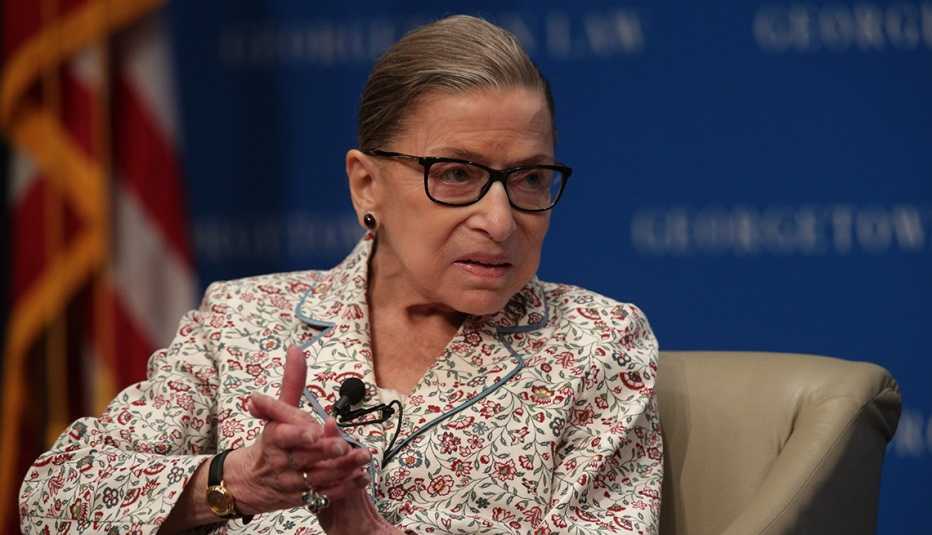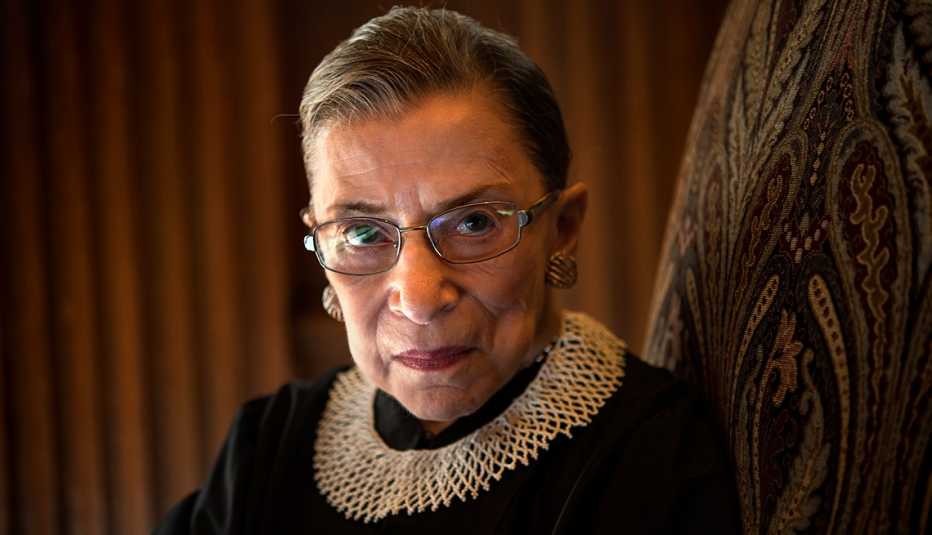Staying Fit


A titan of gender equality, U.S. Supreme Court Justice Ruth Bader Ginsburg perhaps did more than any other single figure to advance women’s rights and reverse sex discrimination. From launching the American Civil Liberties Union’s Women’s Rights Project, in the early 1970s, to crafting critical decisions on the U.S. Supreme Court, from 1993 to her death, she was one of the most influential voices in forming public opinion. And her legal victories ensured that legislatures would give women equal protection with men under the law.
“Many admirers of her work say she is to the women’s movement what former Supreme Court Justice Thurgood Marshall was to the movement for African Americans,” President Bill Clinton said in nominating her to the court in 1993.


AARP Membership— $12 for your first year when you sign up for Automatic Renewal
Get instant access to members-only products and hundreds of discounts, a free second membership, and a subscription to AARP the Magazine.
Ginsburg, the eldest Supreme Court justice and the leader of its liberal wing, died at her home in Washington of complications from metastatic pancreatic cancer at age 87, the Supreme Court announced in a statement. In her long tenure on the high court, she became what the New York Times called “a judicial rock star,” for her feisty dissents and her refusal to step down for age or health, despite five bouts of cancer over more than two decades and a fall that broke three ribs. She vowed to stay on the court until age 90.


“The work is really what saved me,” she told NPR’s Nina Totenberg in 2019. “There was a senator — I think it was after my pancreatic cancer — who announced with great glee that I was going to be dead within six months. That senator, whose name I have forgotten [Jim Bunning, a Kentucky Republican], is now himself dead, and I am very much alive.”
"Our country has lost a trailblazer, a cultural icon and an architect for a more equitable, inclusive society — especially for women," AARP CEO Jo Ann Jenkins said in a statement. "Not only was Justice Ginsburg the oldest member of the current U.S. Supreme Court, she defined what it means to live with purpose at every age. She ignored calls to retire for more than 20 years and, on her own terms, continued to contribute to the court and well-being of the American people."



































































More on politics-society
Famous People We’ve Lost in 2020
Actress Dawn Wells dies at 82